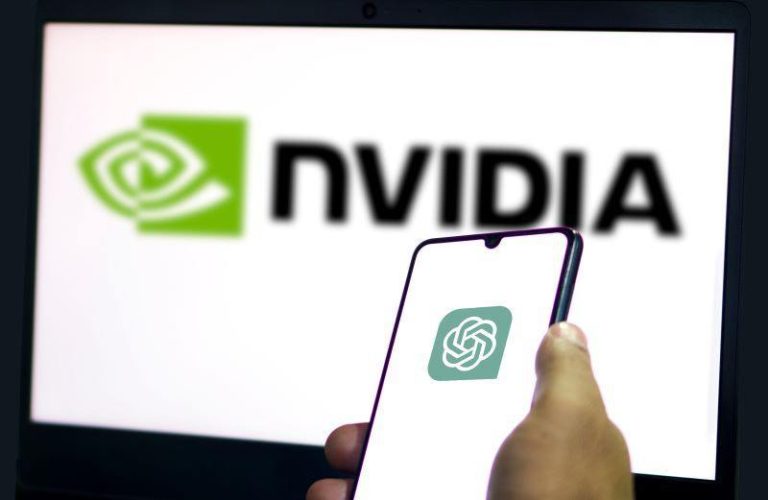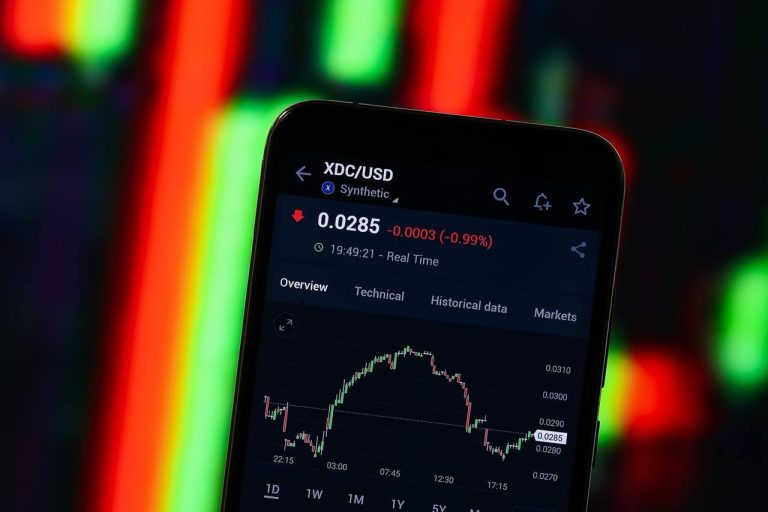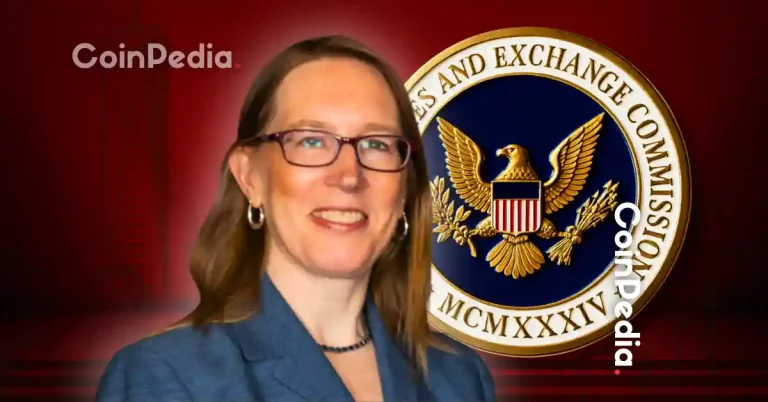
The cryptocurrency market has always been a hotbed of opportunity, innovation, and risk. One asset that has drawn significant attention in recent years is XRP, particularly following its lengthy regulatory battle with the SEC. With the dust settling and new infrastructure coming into play, investors are now asking: Is XRP a good investment as we head toward 2026?
What Changed for XRP?
For years, XRP faced reputational roadblocks due to regulatory uncertainties, limiting its institutional adoption, ecosystem growth, and overall utility. However, recent legal clarity has reshaped the narrative. This newfound clarity has led to increased institutional engagement, renewed developer activity, and new product launches, paving a new path for the XRP Ledger (XRPL).
Key developments include the launch of the first US spot XRP ETF through Canary Capital, as well as growing treasury reserves by companies like VivoPower and Wellgistics. These shifts underscore XRP’s improved structural position in the cryptocurrency market.
XRP’s New Ecosystem: Staking, Yield, and DeFi Integration
Unlike Ethereum, Solana, or Avalanche, XRP historically lacked native staking or a robust DeFi ecosystem. This absence limited the ability of XRP holders to generate yield, participate in governance, or build long-term value. This has changed with the infrastructure overhaul on the XRPL and the emergence of platforms like XRP Tundra.
XRP Tundra introduces real-yield opportunities with a multi-tiered staking model. Features include:
- Liquid Staking for instant access to funds during market volatility.
- Balanced Staking for mid-range commitment with enhanced returns.
- Premium Staking for long-term compounding benefits.
This model provides XRP holders with the flexibility to shift between capital preservation and steady income generation, transformed by real-yield staking mechanisms.
Institutional Momentum and Cross-Border Payment Adoption
Ripple’s deepening partnerships with players like SBI and Tranglo have significantly bolstered cross-border payment adoption of XRP. Ecosystem expansions on Layer 2 with programmable capabilities, particularly via the EVM Sidechain, add value to XRPL’s utility in an increasingly multi-chain world.
Additionally, the launch of XRP Tundra’s GlacierChain in 2026 promises seamless cross-chain integrations to enable governance, yield generation, and decentralized financial operations on a global scale.
Why XRP Could Be a Strategic Investment for 2026
The biggest game-changer for XRP lies in its pivot toward yield-driven financial structures. By allowing holders to participate actively through staking and revenue-backed DeFi layers while expanding liquidity through ETFs, XRP positions itself as more than just a settlement mechanism.
Platforms like XRP Tundra, which direct protocol fees into yield-generating Cryo Vaults, set the stage for reliable returns. With institutional backing and audit integrity from firms like Cyberscope and Solidproof, this ecosystem offers a stable foundation for both retail and corporate investors.
Conclusion
As we approach 2026, the transformation of XRP from a regulatory battleground to a beacon of opportunity underlines its potential as a core investment in the crypto space. With regulatory risks behind it and infrastructure empowering new use cases, XRP is no longer simply a speculative asset but a structurally sound ecosystem aligning with the broader demand for predictable yield in a volatile market cycle.



